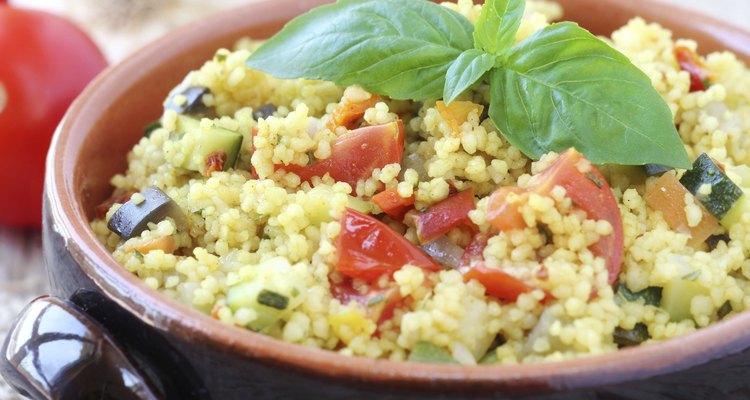
Kuvona/iStock/Getty Images
A diet that's low in red meat and animal-based fats and rich in whole grains, vegetables, fruits and seafood can lower your risk of cancer, heart disease, stroke and obesity. That's the type of diet traditionally followed by people living in Eastern countries such as China, Indonesia, the Philippines, Japan, Korea, India and Thailand. If you consume a standard American diet heavy in animal products and fat, switching to an Eastern-style eating plan will most likely lead to weight loss. Ask your doctor or a dietitian for help developing healthy, balanced Eastern meal plans that you'll enjoy.
Eat Whole Grains Daily
Grains like rice, corn, buckwheat, barley and noodles, including soba, udon or somen noodles, are a staple part of each meal in the Eastern diet, according to Oldways, a nonprofit nutrition organization that encourages following traditional cultural eating patterns. A typical day might feature cooked millet at breakfast, noodles at lunch and a mixture of rice varieties like red or black rice with dinner. For the most nutrition, choose whole grains like whole-wheat bread, whole-grain noodles and brown rice over refined products such as white rice or white bread.
Base Meals on Plant Products
On an Eastern diet, you'll eat approximately three times as much plant-based foods as meat, poultry or seafood. Common vegetables include bean sprouts, spinach, eggplant, bok choy, cabbage, sea produce like kombu, kale, mustard greens, snow peas, leeks and mushrooms, while grapes, melons, mangoes, tangerines, papaya, dates, lychees, cherries, coconut and dates are typical fruits. Each meal contains raw, lightly steamed or stir-fried produce along with nuts like almonds or cashews, seeds such as sesame seeds, beans like soy or mung beans, lentils, tofu or tempeh. You might have sauteed spinach and tofu at breakfast, spring rolls stuffed with shredded raw vegetables at lunch and a vegetable curry at dinner along with toasted nuts or steamed edamame as snacks through the day.
Eat More Seafood Than Meat or Poultry
Fish and shellfish like crab, mussels, tuna, sea bass, yellow tail, abalone, whelk, clams and scallops are often eaten daily in the Eastern diet, especially in countries like Japan that have long coastlines. Chicken and duck may be consumed weekly, while red meats like beef and pork may be eaten no more than once a month, if at all. Grill, poach, roast or stir-fry meats in a small amount of vegetable oil and avoid frying to keep your fat intake low. Lacto-ovo vegetarians who don't eat meat can have low- or nonfat dairy like yogurt or cheese daily and eggs weekly, if desired.
Enjoy Sweets and Alcohol in Moderation
Sweets and sugary treats have a place in the Eastern diet, but they're consumed far less often than is typical in the Western diet. Cakes, candies and puddings are enjoyed no more than weekly, with fresh fruit serving as the regular dessert option. Beer, wine and sake, an alcohol made from fermented rice, are consumed in moderation. In the United States, this means two drinks per day for men and one drink daily for women, with one drink equivalent to 12 ounces of beer, 5 ounces of wine or 1 1/2 ounces of liquor. Instead, drink plenty of water and tea each day.
Related Articles

The Harcombe Diet Food List

Breakfast on the Soup Diet

High Fiber & Protein Diet Menus

The Collin Dong Diet

How Many Calories in a Taco Bell Bean ...

Dinner Cruises in Kemah, Texas

The Samurai Diet

Wild Rose D-Tox Rules
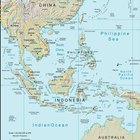
Southeast Asian Diet & Nutrition

Mediterranean and Asian Diets
A Healthy Zumba Meal Plan
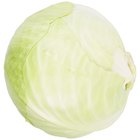
What to Do With Leftover Boiled Cabbage

African Food Facts
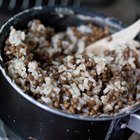
Rice & Lentil Diet
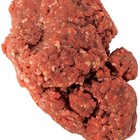
Dangers of Spoiled Ground Beef
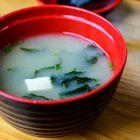
Macrobiotic Breakfast Foods
El Toro Nutrition
What Foods Do Hispanics Make for ...

Flat Belly Diet & Coffee
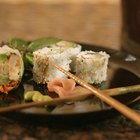
Can I Eat Sushi Twice a Week?
References
Writer Bio
Michelle Kerns writes for a variety of print and online publications and specializes in literature and science topics. She has served as a book columnist since 2008 and is a member of the National Book Critics Circle. Kerns studied English literature and neurology at UC Davis.
Photo Credits
Kuvona/iStock/Getty Images